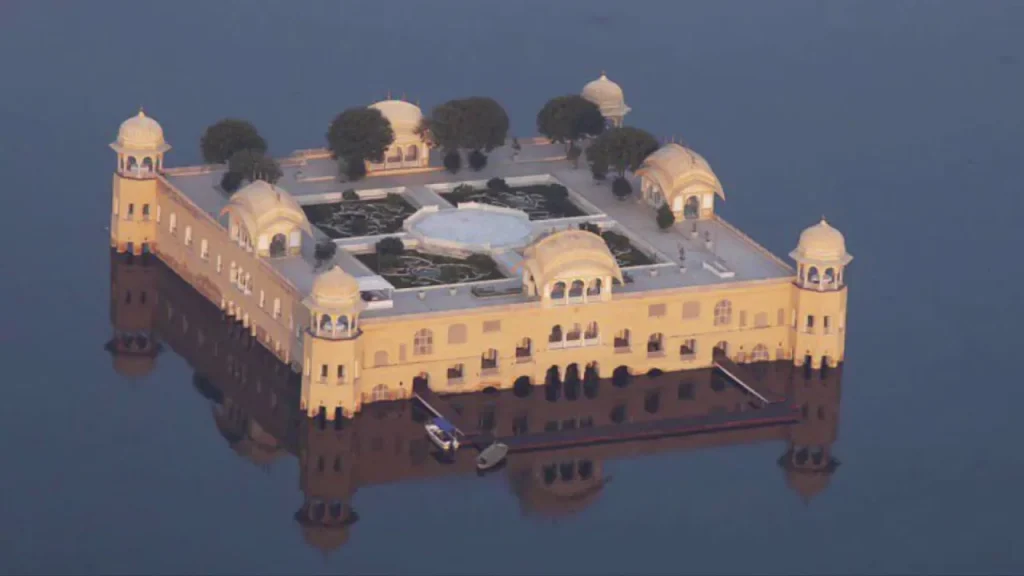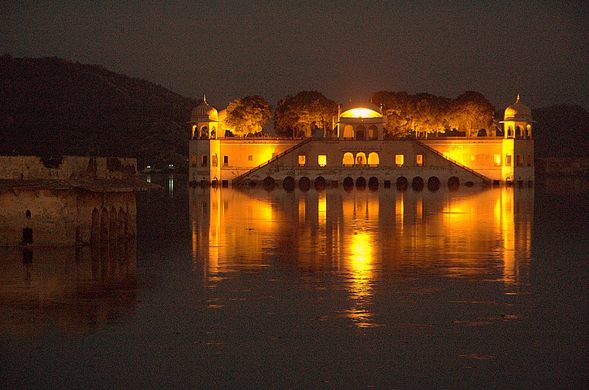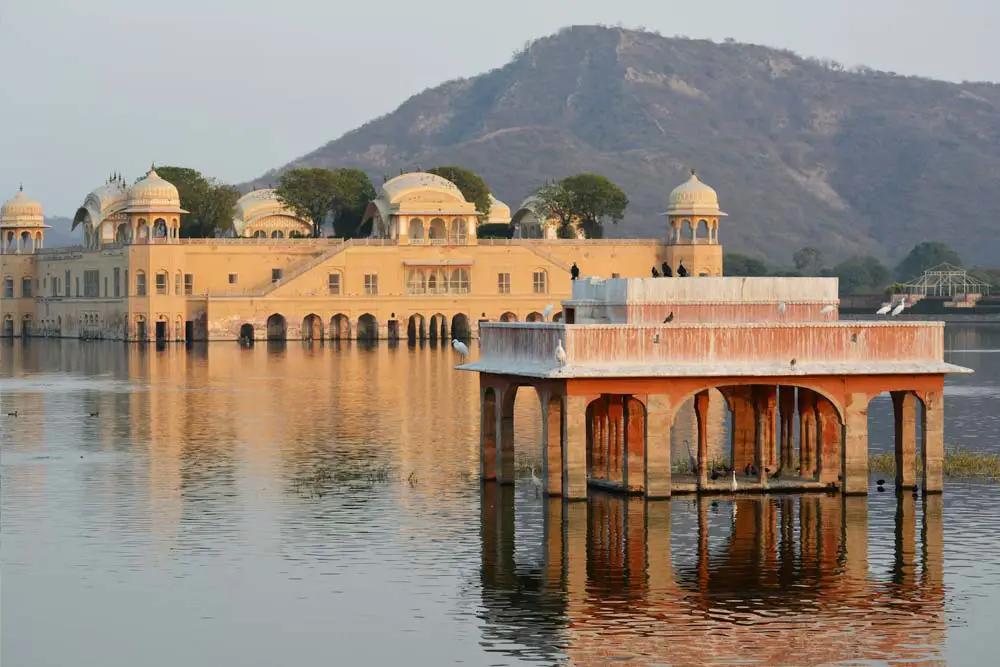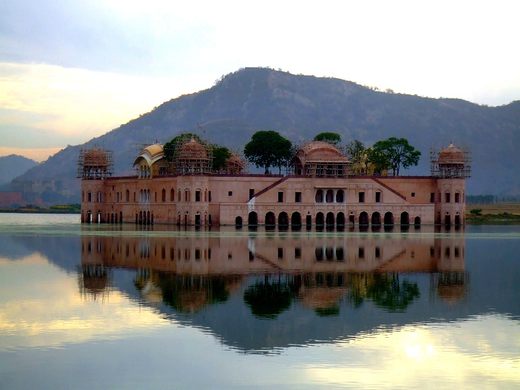Over half of this Indian palace is submerged, yet its allure is heightened, presenting a truly spectacular sight. Situated in the midst of Man Sagar Lake, a reservoir crafted in 1596, the Jal Mahal, or “Water Palace,” seemingly stands as a single-story structure. However, beneath the water’s surface, the palace conceals four additional levels, adding to its mysterious allure.

Despite its name translating to “Water Palace,” the structure was not originally designed as a palace but rather as a hunting lodge for the local Raja (King). In the 16th century, a prolonged drought prompted the locals to construct a dam, resulting in the formation of the lake that submerged the lower sections of the lodge.


In the 18th century, the lodge, surrounded by water, underwent renovations, and the lake area was expanded. Throughout much of the temple’s history, visitors had the opportunity to journey across the lake waters in gondolas to explore this historically significant faux-palace. The rooftop of the structure, adorned with foliage, creates an illusion from the shoreline, almost suggesting that the castle is still in active use.

Presently, the building is off-limits to tourists, but there are ongoing plans to transform it into a restaurant. Those eager to catch a glimpse of the structure must content themselves with a view from the land. The spectacle is particularly enchanting in the evenings, as the ancient Water Palace is illuminated, creating the illusion of a clandestine soirée unfolding just beyond one’s reach.
RECOMMENDED: Condomnio Insurgentes, 1958s Building Slowly Crumbling After Earthquake